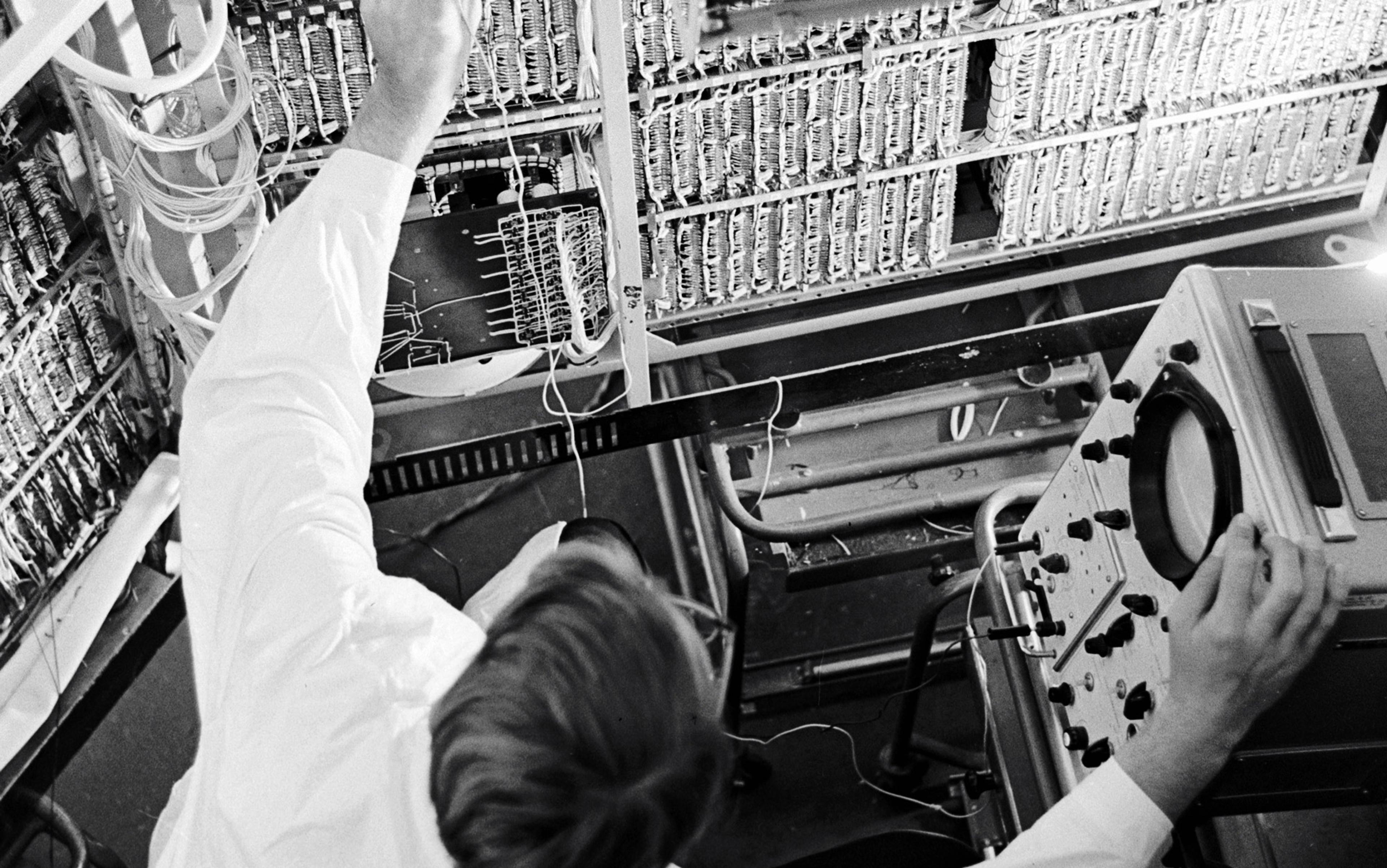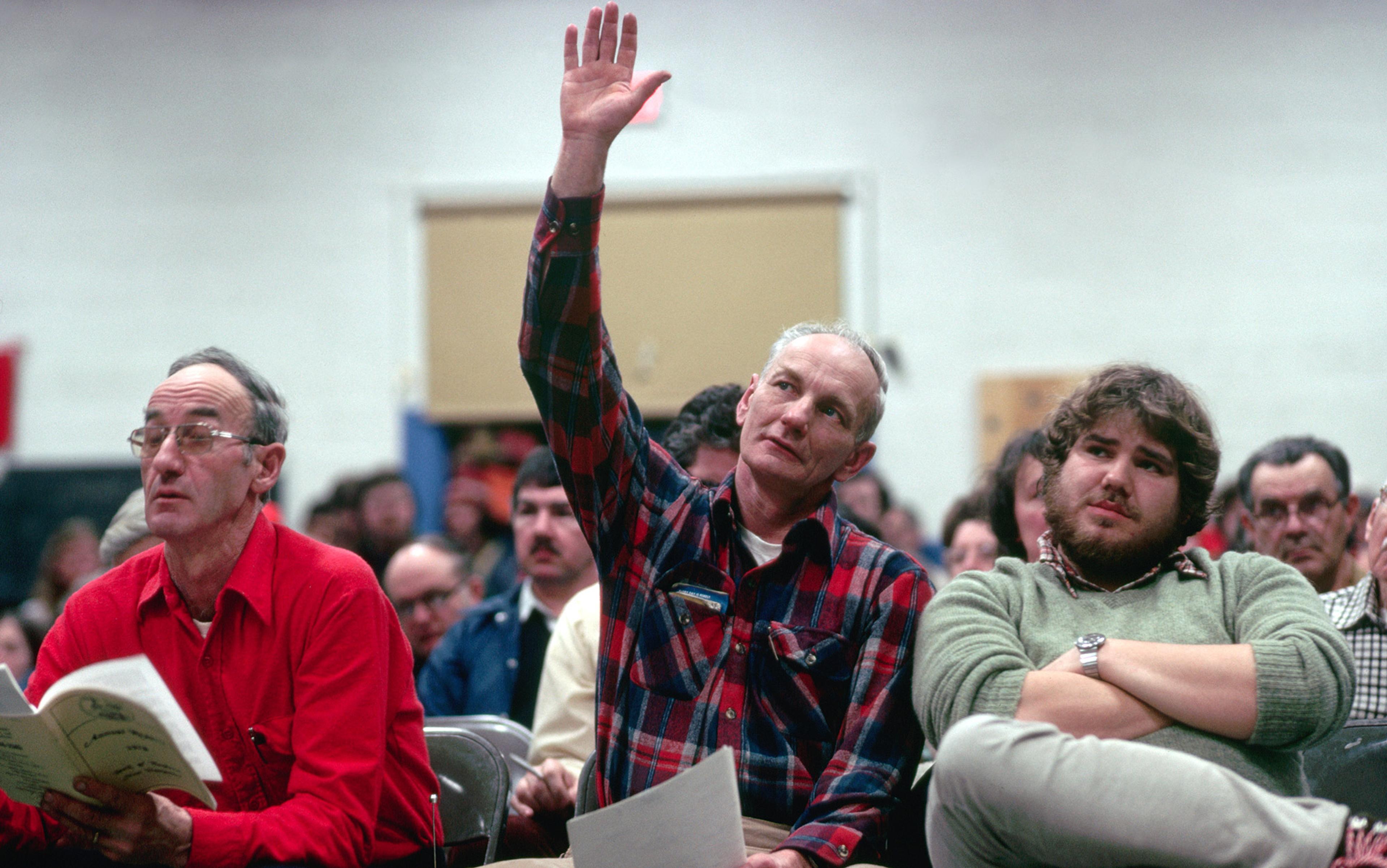January 2009 marked the first inauguration of President Barack Obama and, for some at least, the return of hope in an otherwise gloomy global political situation. But the same month was important for another reason, easily overlooked. It marked the beginning of what would become the Obama administration’s Open Government Initiative, outlined in a new ‘Memorandum on Transparency and Open Government’. According to the memorandum’s opening lines:
My Administration is committed to creating an unprecedented level of openness in Government. We will work together to ensure public trust and establish a system of transparency, public participation, and collaboration. Openness will strengthen our democracy and promote efficiency and effectiveness in Government.
To be sure, ideas of openness had been floating around for some time. Yet the initiative signaled that the open creed had now reached the upper echelons of US (and therefore world) politics. Roughly four years later, open politics is everywhere. We no longer blink when the latest Open Government Partnership or Open Government Data Initiative is announced. They form part of politics as we know it, and as we want it. To endorse a ‘closed’ politics today would be unthinkable.
For Obama, the new political openness meant cultivating three attributes: transparency, participation, and collaboration. What is immediately striking about these qualities is that they had all previously been used to characterise developments in the cultures of hackers and software geeks. Obama’s memorandum seemed to channel a definition of Web 2.0 proposed by the media entrepreneur Tim O’Reilly a few years earlier. In turn, they both sounded a lot like the programmer Eric S Raymond, writing in the 1990s on ‘Open Source’ software development. Indeed, this connection would be made explicit in the essay collection Open Government: Collaboration, Transparency, and Participation in Practice (2010), edited by Daniel Lathrop and Laurel Ruma and published by O’Reilly Media. Tim O’Reilly’s own contribution to the book draws directly from Raymond to ask: ‘How does government become an open platform that allows people inside and outside government to innovate?’
Instead, we might ask: how did we get to the point where it was a legitimate political objective to turn government into an open platform geared towards innovation?
In his book Two Bits: The Cultural Significance of Free Software (2008), the anthropologist Christopher M Kelty documented the emergence of openness in 1980s geek computer cultures. He looked in particular at the UNIX operating system and the TCP/IP protocol (the communications protocol of the internet). In this realm, openness was imagined in terms of open competition and open markets. But it was also conceived in a more technical way, one that might seem to run counter to the self-interested market ideal: it meant open standards, design specifications that could be shared and adapted by the wider community. All of these notions of openness were fraught with ambiguity, and there were vigorous disagreements about precisely how they related to each other. And yet, as Kelty was among the first to observe, despite such ambiguities, ‘everyone claims to be open’ and ‘everyone agrees that being open is the obvious thing to do’.
Openness started popping up everywhere to describe all kinds of online initiatives that drew inspiration from the ‘Wikipedia way’
What is known today as Open Source software emerged in the late 1990s, following a rift between the founder of the Free Software Movement (FSM), Richard Stallman, and a group of high-profile programmers including Eric S Raymond and Linus Torvalds (of the Linux operating system). The FSM was and is an unapologetically political campaign to foster the free distribution and development of code. The idea was that software should be treated as a common intellectual good, and the FSM developed special software licenses to encourage free access and collaboration. Raymond and Torvalds set up the Open Source Initiative to downplay these idealistic commitments. They chose instead to emphasise the superiority of openness as a method of innovation, stressing its ability to outcompete traditional forms of software development. They were, moreover, quite willing to let other people use ‘open code’ to create ‘closed outputs’ — that is, to turn them into commodities. Unsurprisingly, it was this commercially orientated version of openness, geared around innovation and efficiency, that caught on in governmental circles, not the overtly political FSM.
Raymond described the Open Source method of software development in a book titled The Cathedral and the Bazaar (1999). The ‘cathedral’ method represented traditional software development: individuals or small groups working in relative isolation to realise a grand, unified vision in the shape of a new software application. In contrast, the open source method ‘seemed to resemble a great babbling bazaar of differing agendas and approaches … out of which a coherent and stable system could seemingly emerge only by a succession of miracles’. It is no coincidence, of course, that a bazaar is really just an exotic term for a market. Openness was imagined as a new organisational form, one that resembled a market insofar as it championed decentralisation and competition. Of course, it lacked the feedback mechanism of pricing, which, for leading economists such as Friedrich Hayek, was the key to how markets were able to ‘self-organise’.
Many of Raymond’s insights — ‘release early and often, delegate everything you can, be open to the point of promiscuity’ and ‘given enough eyeballs, all bugs are shallow’ (which he dubbed Linus’s Law) — broke out of the world of software development to become the buzz phrases of Web 2.0. The new web was about encouraging participation and collaboration. With its ethos of ‘anyone can edit’, Wikipedia came to replace Linux (and software in general) as the new paragon of openness. In the words of the encyclopaedia’s founder, Jimmy Wales, ‘Wikipedia’s success to date is entirely a function of our open community’.
During the rise of Web 2.0, openness started popping up everywhere to describe all kinds of online initiatives that drew inspiration from the ‘Wikipedia way’ — Open Access, Open Data Commons, the Open Everything initiative, the Open Knowledge Foundation, the Open Courseware Consortium, and more recently the rise of MOOCs (massive, open online courses) are but a few developments understood explicitly in these terms. As Jonathan Rosenberg, senior vice president of product management at Google declared on their official blog, in a 2009 post titled ‘The meaning of open’:
Open will win. It will win on the internet and will then cascade across many walks of life: the future of government is transparency. The future of commerce is information symmetry. The future of culture is freedom. The future of science and medicine is collaboration. The future of entertainment is participation. Each of these futures depends on an open internet.
As early as 2003, the media theorist Douglas Rushkoff published a short monograph titled Open Source Democracy. Such a democracy, he wrote, would ‘require us to dig deep into the very code of our legislative processes, and then rebirth it in the new context of our networked reality’. The results would be unpredictable:
(L)ike literacy, the open source ethos and process are hard if not impossible to control once they are unleashed. Once people are invited to participate in, say, the coding of a software program, they begin to question just how much of the rest of the world is open for discussion.
That’s a heady prospect, and as openness’s star continued to rise, not even radical Marxists such as Michael Hardt and Antonio Negri could resist the lure. ‘One approach to understanding the democracy of the multitude,’ they wrote in Multitude (2004), ‘is as an open-source society, that is, a society whose source code is revealed so that we can work collaboratively to solve its bugs and create new, better social programs’. At the other end of the political spectrum, the British conservative MP Douglas Carswell invoked openness in a 2009 blog post titled: ‘Open the party; open source politics is coming’. And in the US, the Tea Party movement described the collaborative production of their infamous ‘Contract from America’ thus: ‘Hundreds of thousands of people voted for their favorite principles online to create the Contract as an open-sourced platform’.
If openness truly is something that we all agree upon, it must be a rather vacuous political ideal. Indeed, it might be best to think about it as an empty signifier, one whose very function and appeal rests precisely on its ultimate vacuity. This, in fact, is close to the way in which the philosopher Karl Popper originally conceived the ‘open society’ during the Second World War. And yet we were already meant to be living in just such a society, long before this latest round of ‘opening’ ever got started. What’s going on?
In The Open Society and Its Enemies (1945), Popper rewrote the history of political philosophy around the new master categories of open and closed. His book was a defence of capitalism as compared with the alternatives of the day, and it took the form of an argument about knowledge. Closed societies were ones based on unchallengeable truths, so-called laws of history or destiny. Open societies were ones in which totalising knowledge was necessarily impossible. Plato, Hegel and Marx were the primary philosophical targets, and Communism and Fascism were the outcomes of their closed mode of thought.
The merits of Popper’s argument matter less than its overall structure. He went to great lengths to describe closed thought and closed societies, so much so that it might have been more honest simply to call the book ‘Enemies of the Open Society’. But this focus on the closed was unavoidable. To write a positive description of openness, to state its truths, would have been to close it. Popper was well aware of this, and so whenever he does makes suggestions about what constitutes openness, they are always qualified with caveats — such characteristics are always temporary, or could just as easily be otherwise.
It is not a politics geared towards specific changes, but towards change in general
As a critique of totalitarian knowledge and politics, his argument works quite well. Nevertheless, the fact that it can’t specify an alternative should give us pause. That applies especially now that we find ourselves trying to make our Popperian open society even more open. Apparently, aspects of 20th-century capitalism were ‘closed’ after all: proprietary software, with its inaccessible source code; hierarchical editorial structures where only the privileged few ‘can edit’; university courses where only the paying have access; governments that aren’t collaborative, participative, transparent, and so on. This new push for openness oddly works both as a critique and affirmation of Popper’s ideal. It is a call for change that unwittingly reinstates the same conceptual architecture.
Does this latest rise of openness have any distinctive political content of its own? To begin with, we should note that it is a politics modelled after a highly idealised version of software development. It aims to be collaborative, which really means it aims to function as a ‘babbling bazaar’, reinventing the activities of government as competition between members ‘inside and out’. Participation adds numbers to the collaboration game and transparency is necessary for genuine competition. Thus the goal of open politics is not fairness, better working conditions or some other recognisable political desire, but innovation through competition. That is, it is not a politics geared towards specific changes, but towards change in general.
With its bugs, programs, sources and platforms, it’s also no exaggeration to say that the new open politics is entirely enmeshed in computational metaphors. Our technical environments have always structured our thinking, so the mere fact that software-inspired politics reeks of technological determinism may be no reason to write it off. Yet politics modelled after bazaar-style software development looks, at best, like a new twist in the continuing march of market principles into government. And there’s no reason to think that computational metaphors add much to the mix. Quite the reverse: it might be that we need new political metaphors to understand what’s going on in these supposedly exemplary software practices. As it turns out, open source development doesn’t quite function as a bazaar: Nikolai Bezroukov observed as early as 1999 that it is more like a special type of academic research.
Wikipedia equally has its ‘issues’, the most obvious being its staggering gender gap (in 2011 the New York Times found that just 13 per cent of the encyclopaedia’s contributors are women), but anyone bothering to scrape the surface will see all kinds of political processes and controversies: project forks, article deletions, blocked and suspended users, a body of rules and regulations, flame wars and trolling. These are the messy realities we need to consider if we really want to extract political lessons from software and web cultures.
On the other hand, if all we care about is openness itself, we’re in luck: the realpolitik of any form of organisation will always supply material for further opening. Welcome to the rise and rise of open politics.






